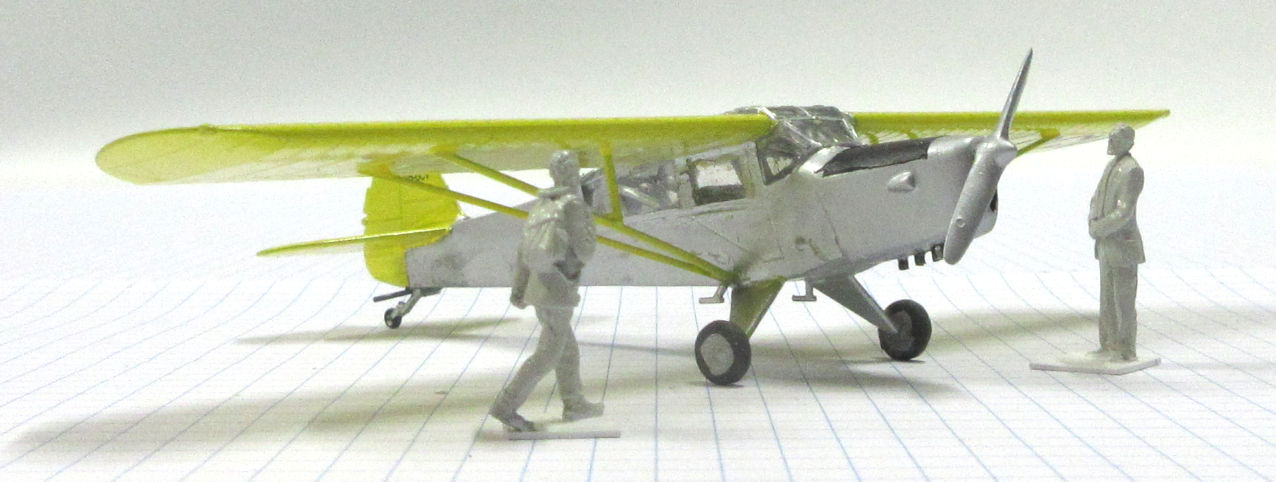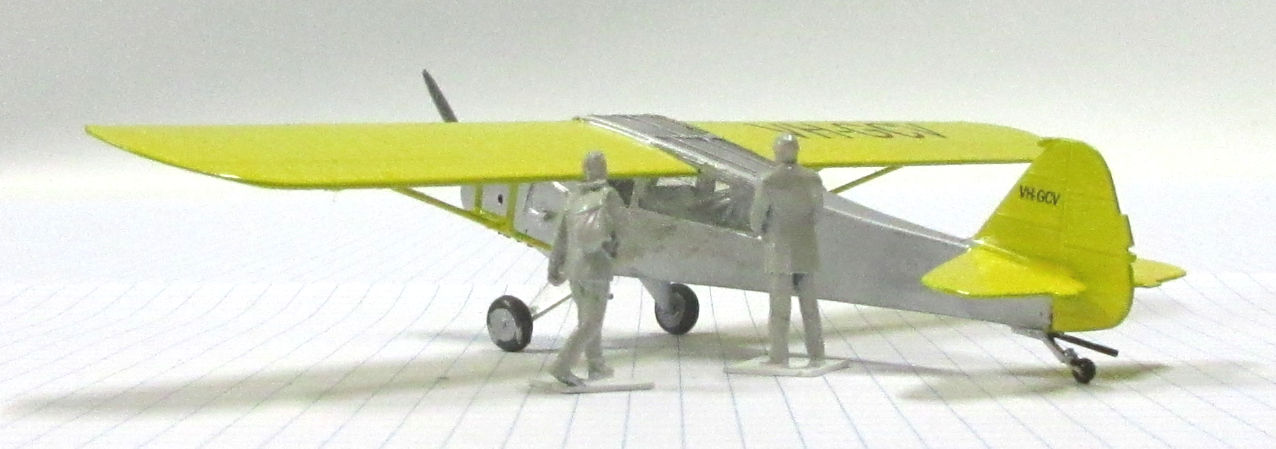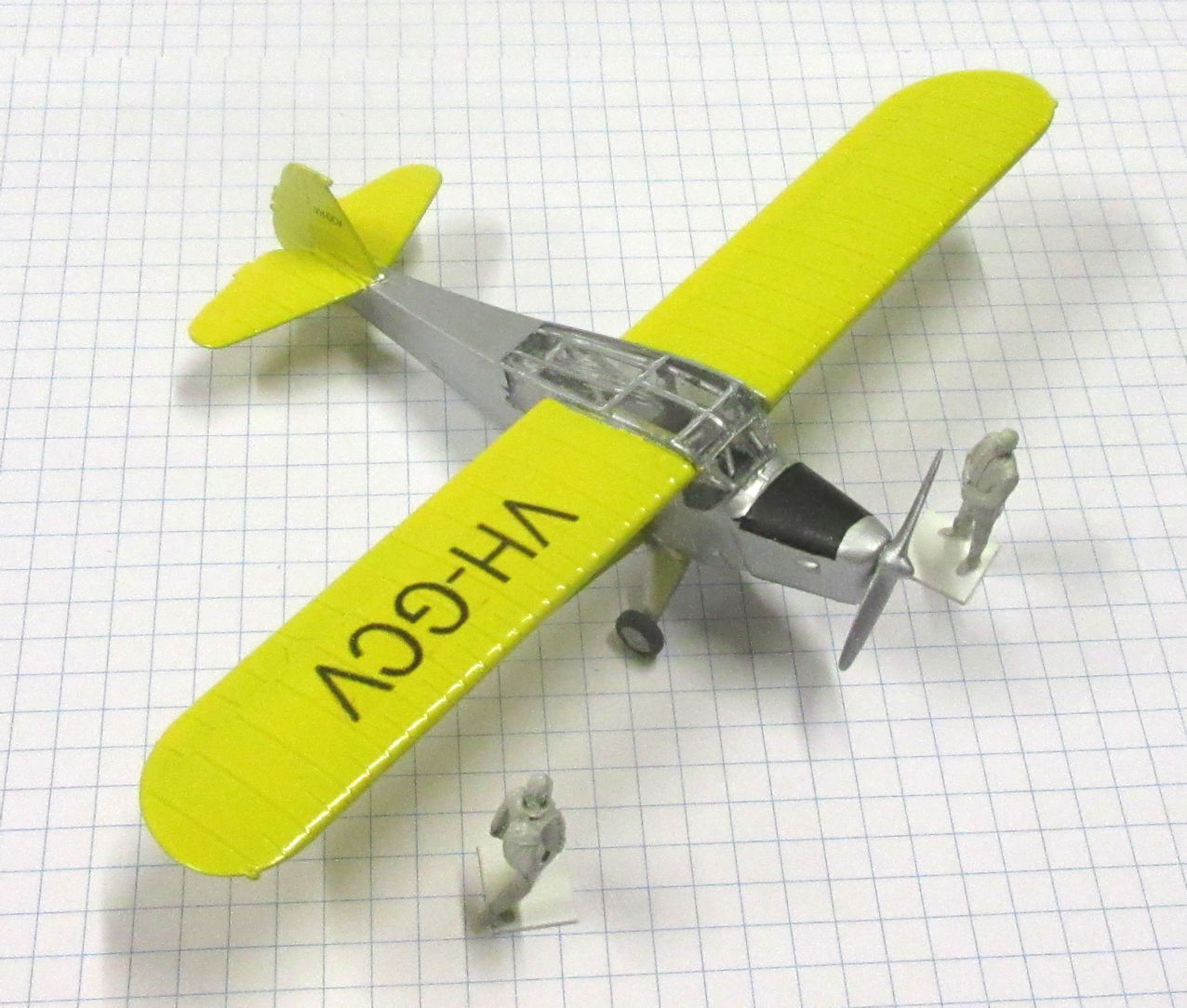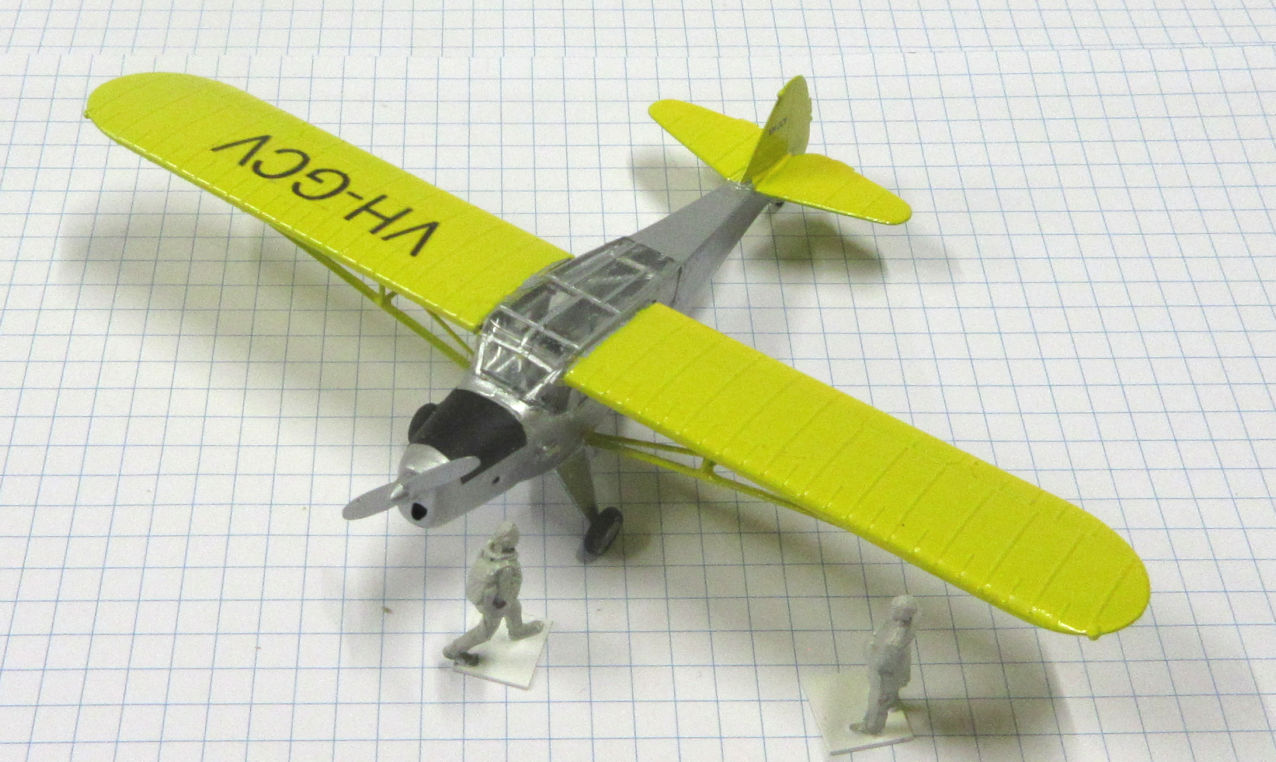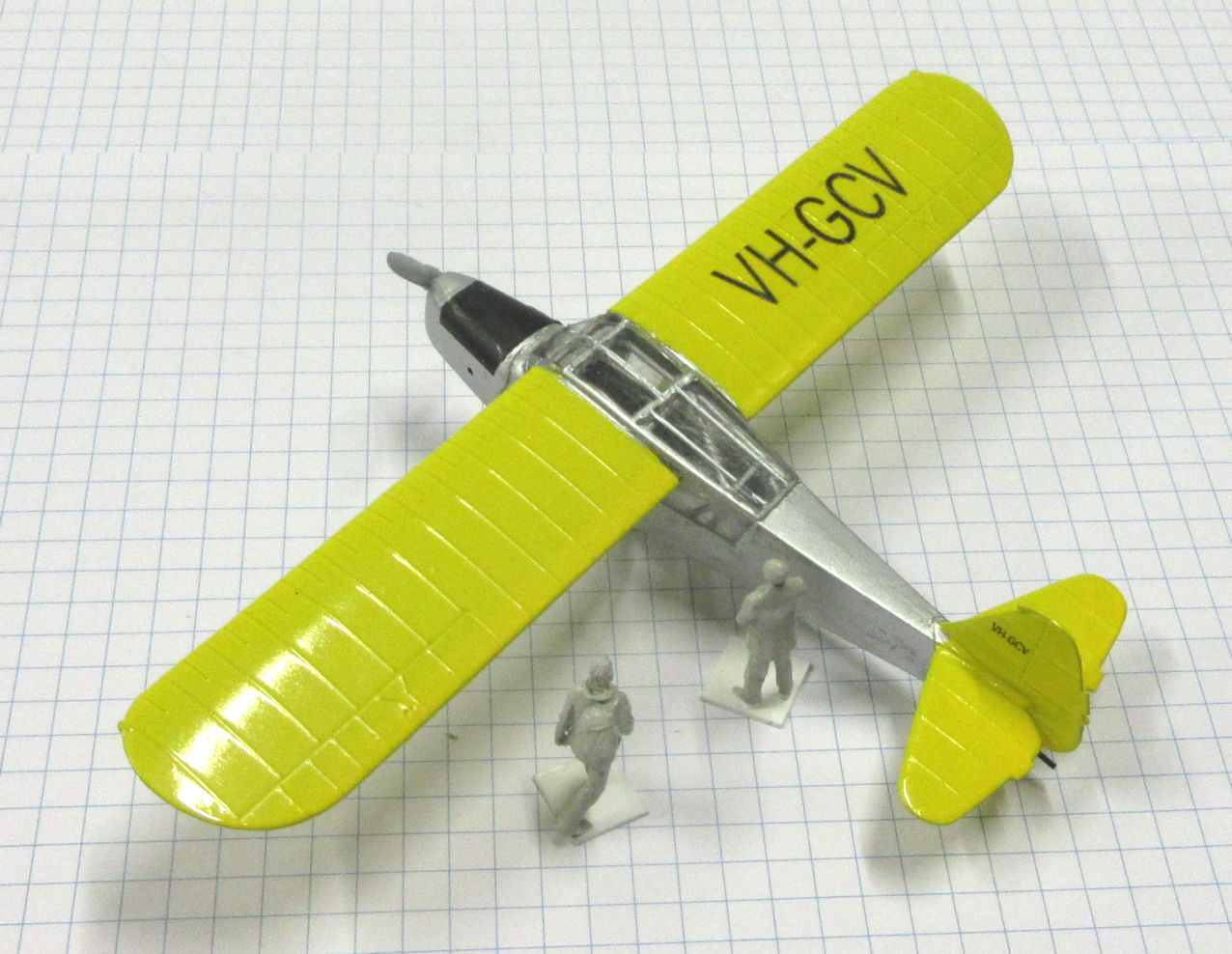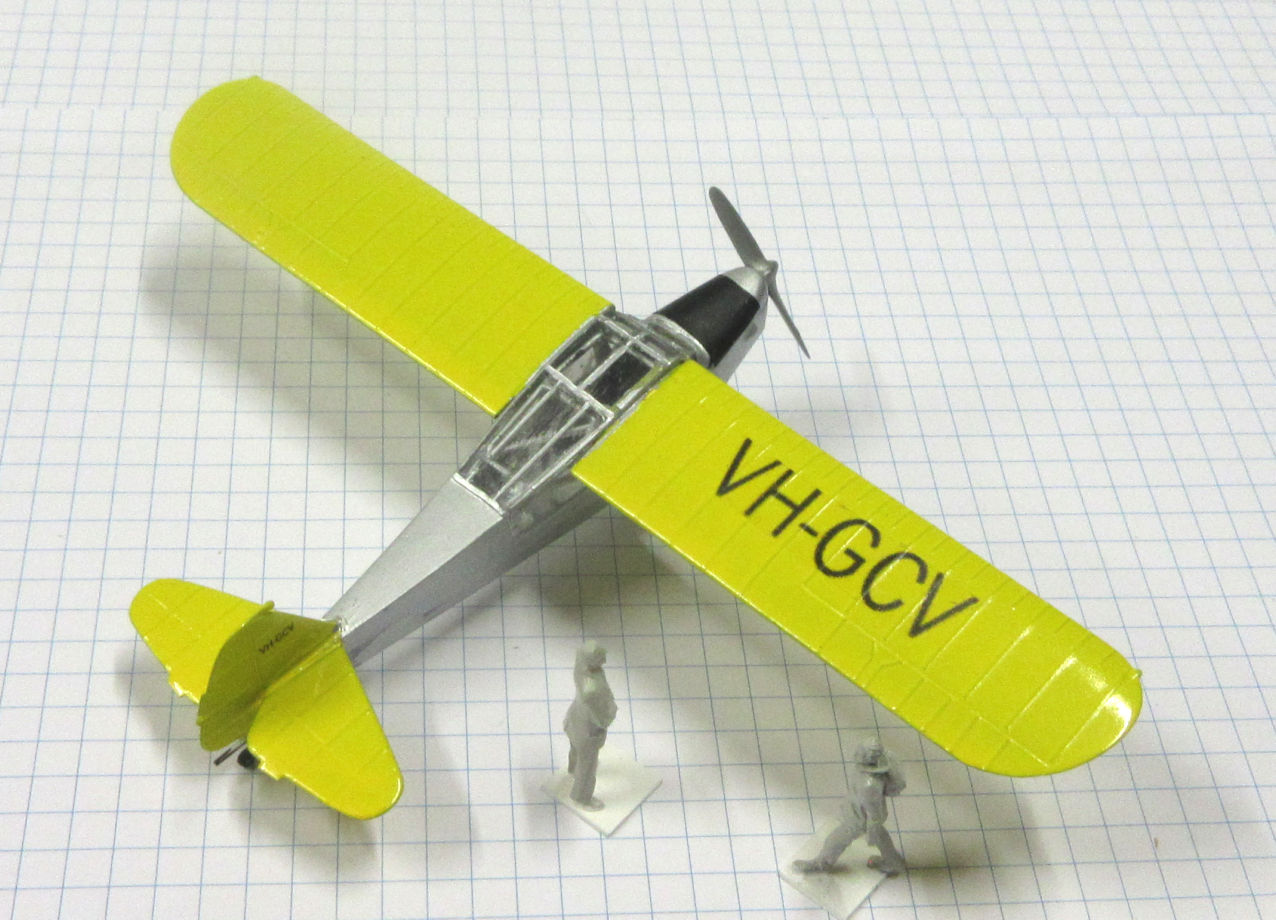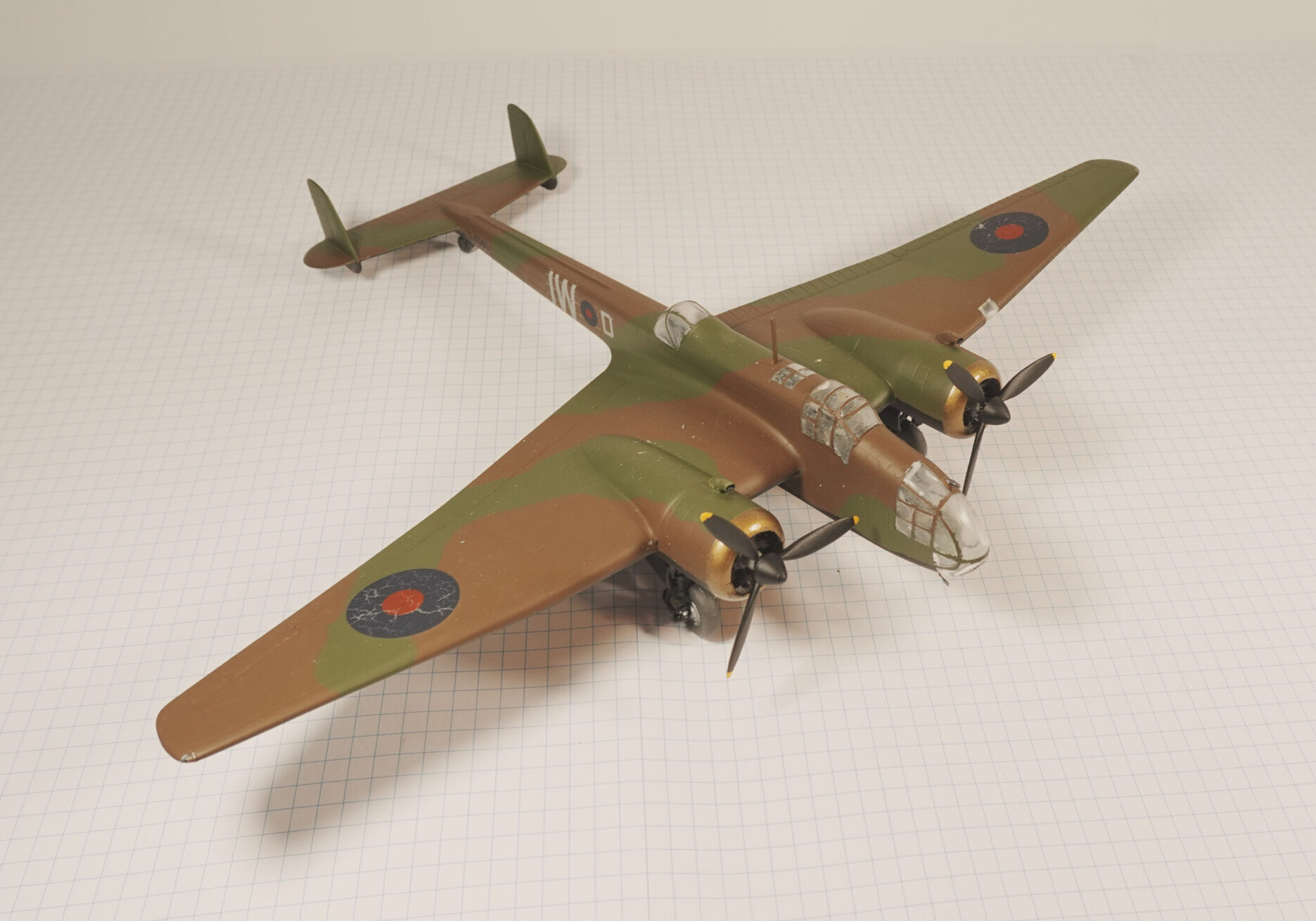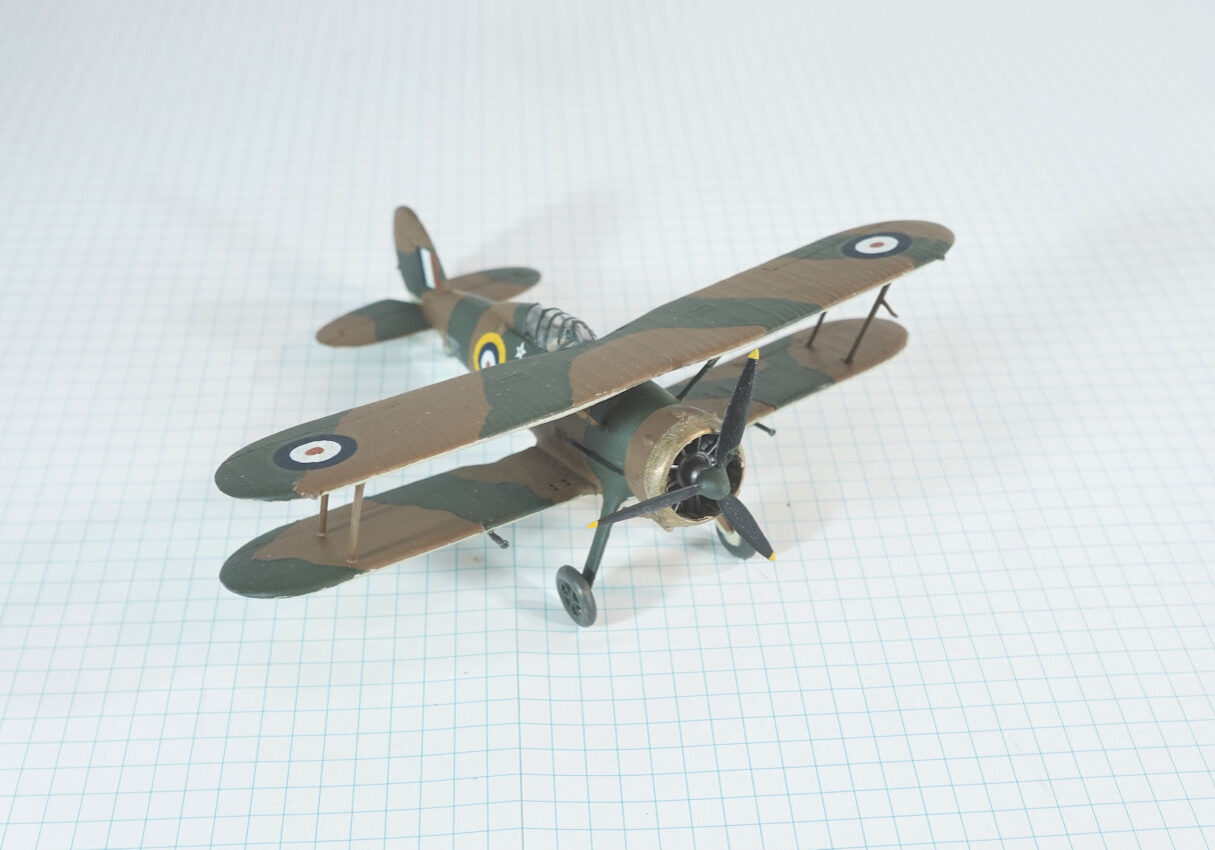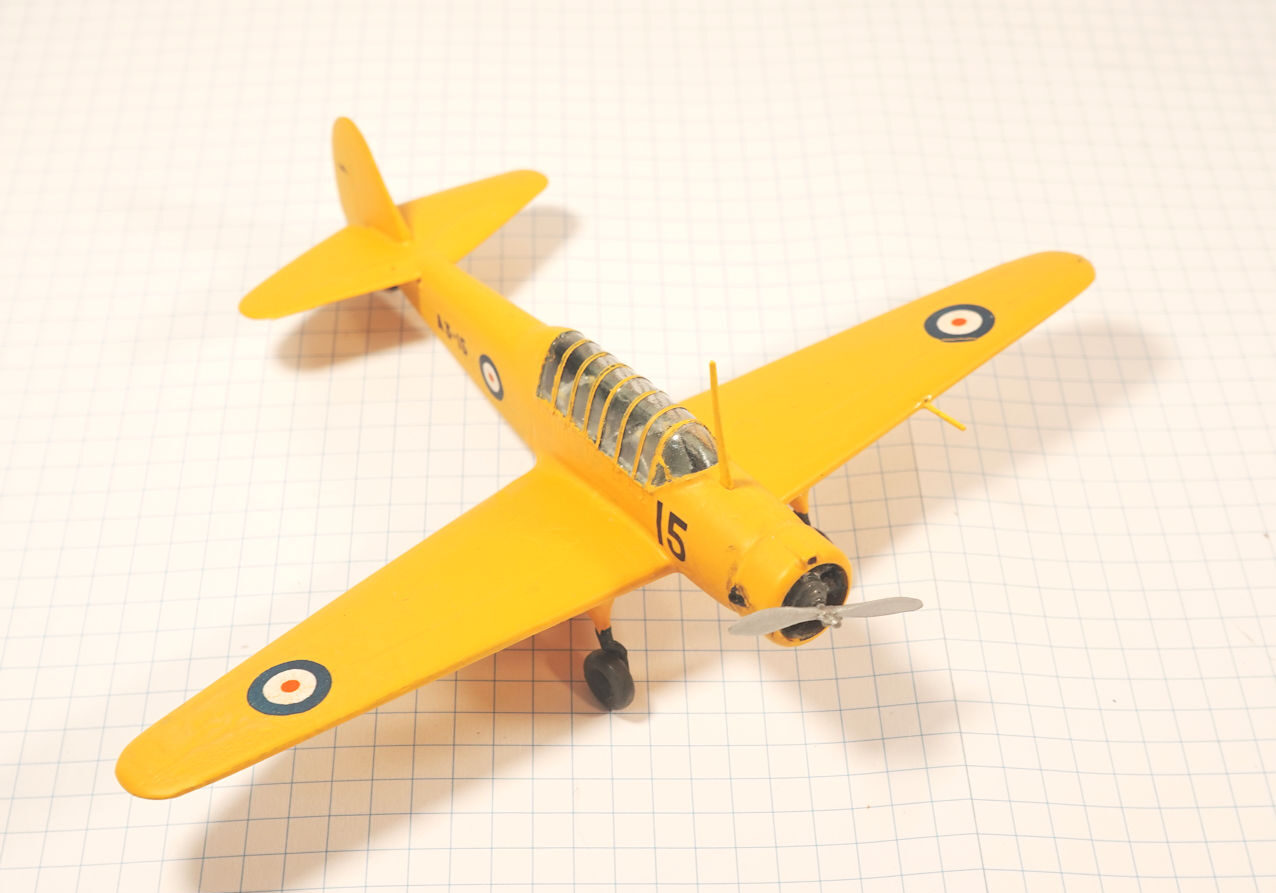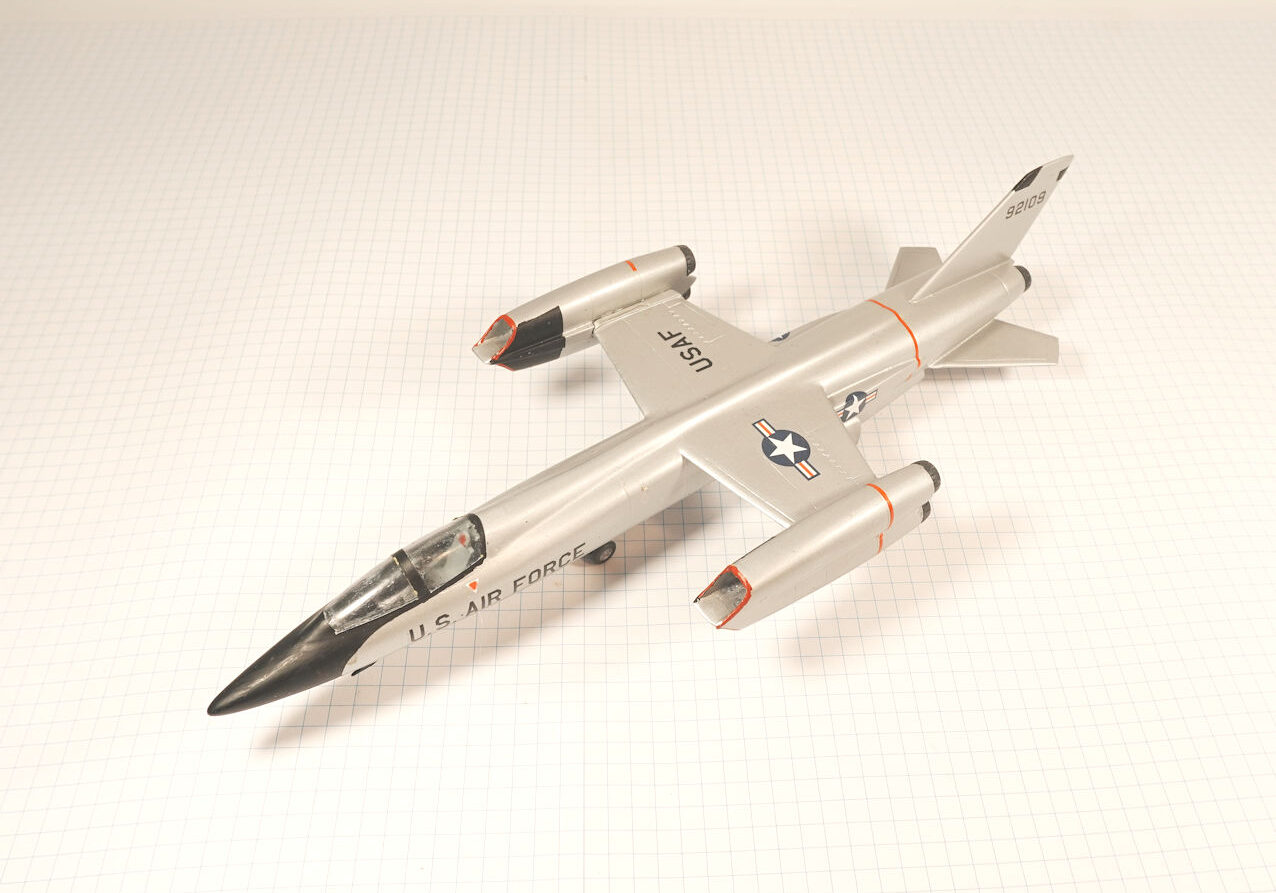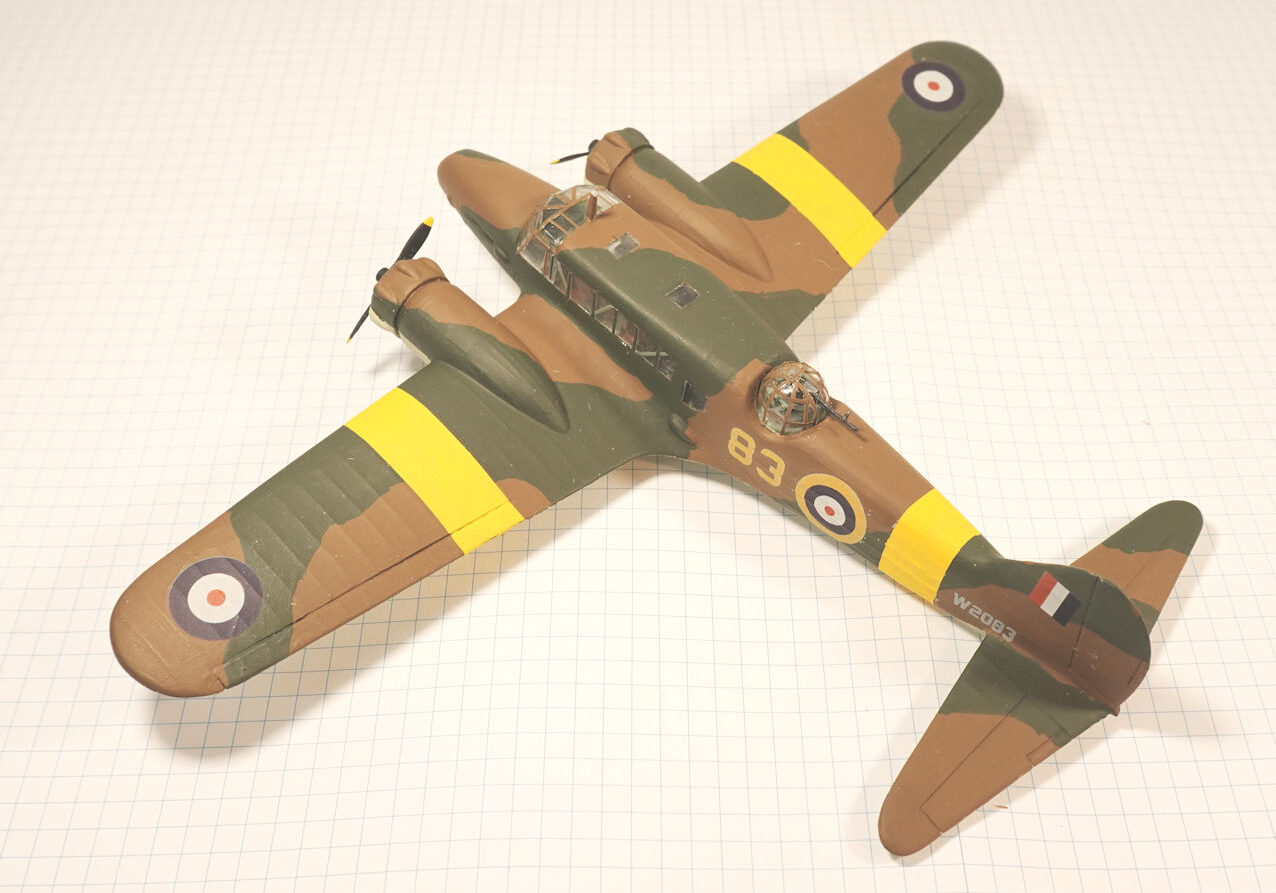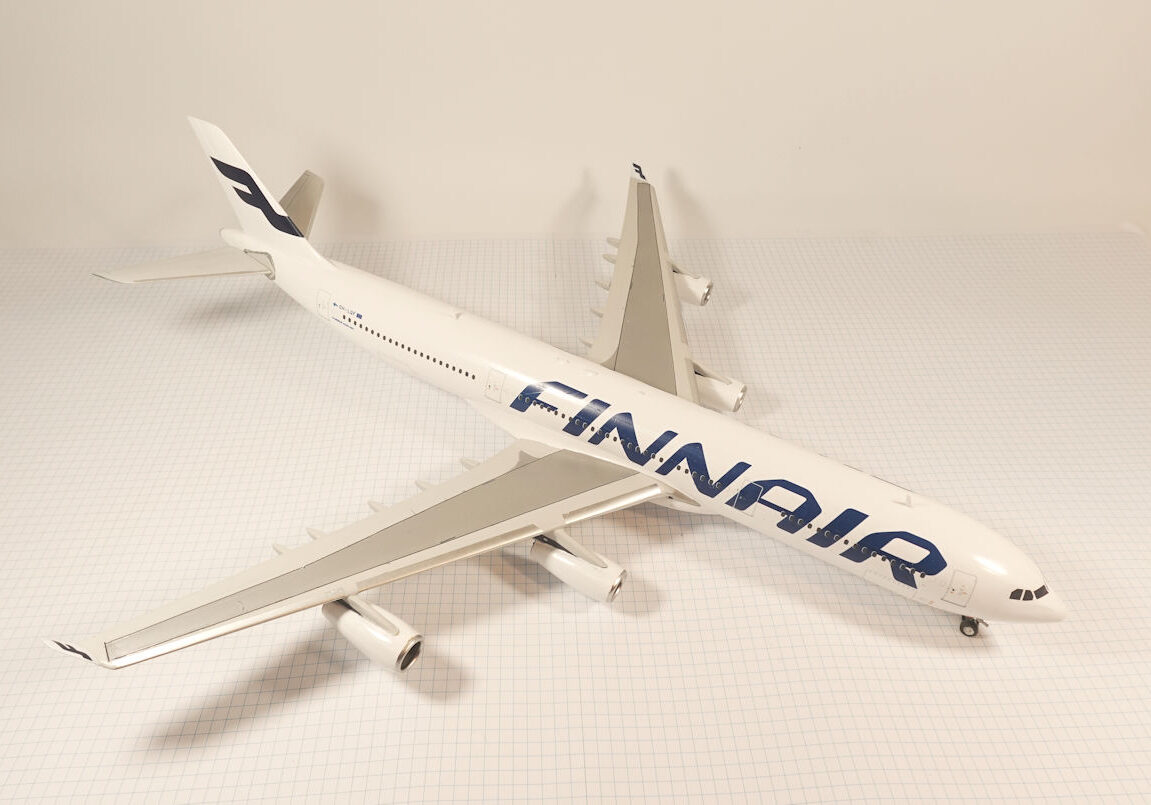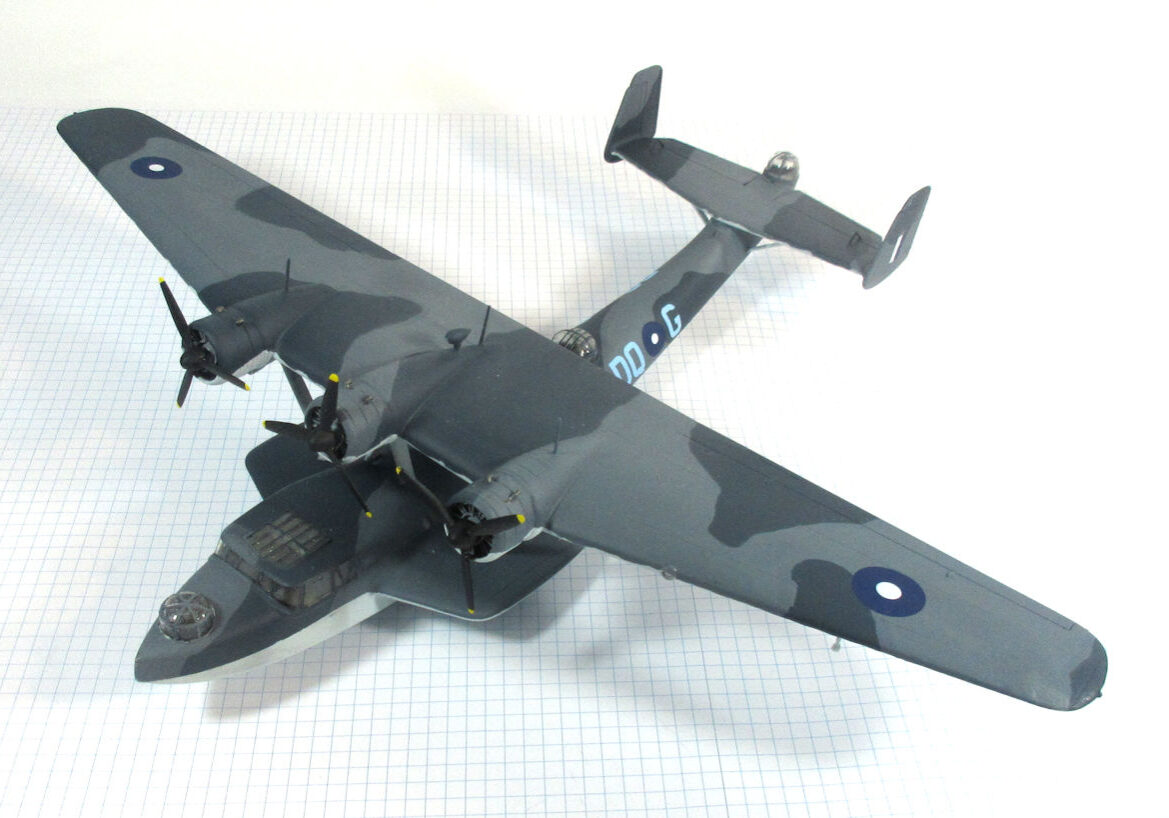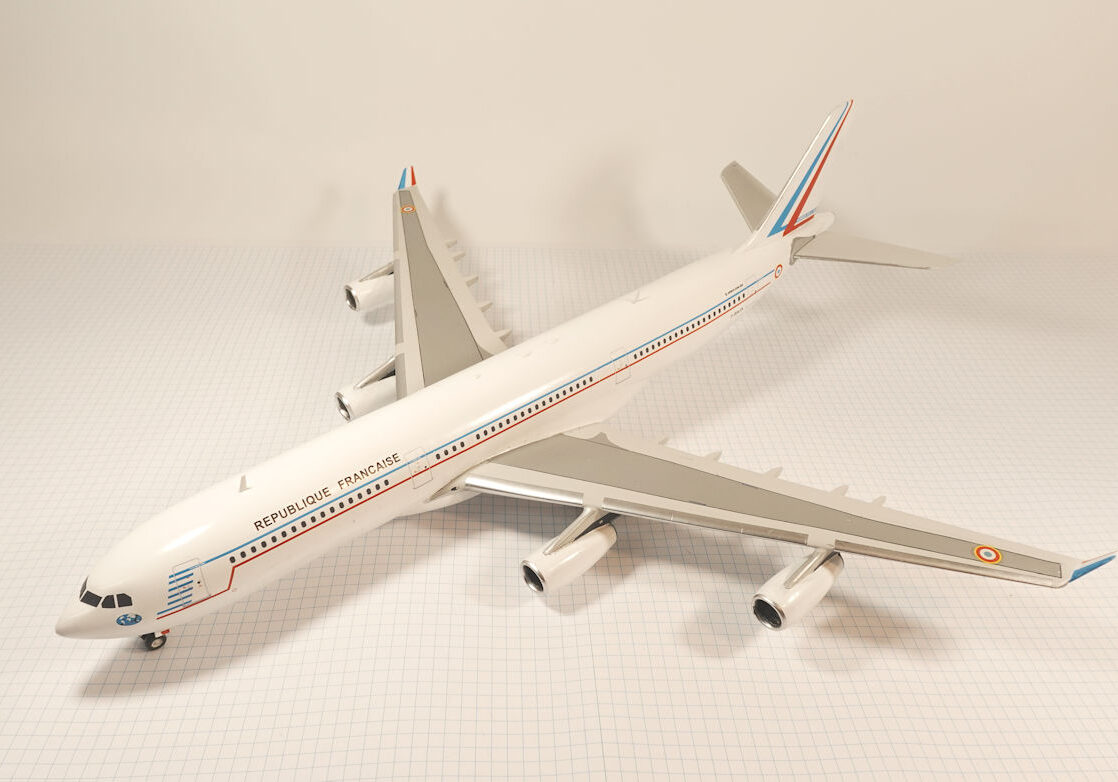History
The Auster III was a light aeroplane used during World War II as an air observation post by the Royal Air Force. A number were imported to Australia and later became popular in civil service with flying clubs and private pilots.
The Auster began as an American light aeroplane designed and built by the Taylorcarft company.
Early in World War II the British required an aeroplane in which officers could be flown to direct artillery fire.
Called the Air Observation Post, the Auster was selected for production in this role and 1,639 were produced in three versions, of which the Auster III was the first.
They served with the Royal Air Force and allies in almost every theatre of the war.
In 1944 Australia ordered 56 Auster IIIs to serve in the Pacific. Few saw operational service but they flew for the RAAF for several years before many were disposed of to Australian civil users.
This model represents an ex-RAAF Auster III, VH-GCV, in service with the Gliding Club of Victoria at Benalla in 1967.
AZmodels 1/72 completed by Leigh Edmonds in October 2015.
